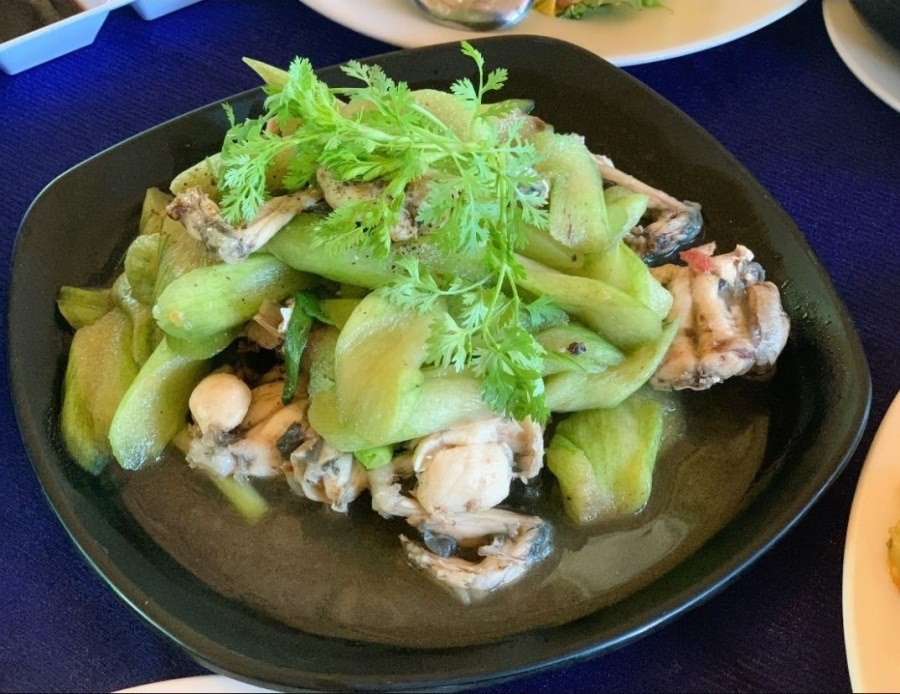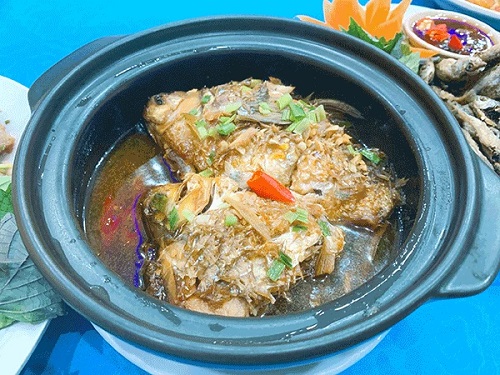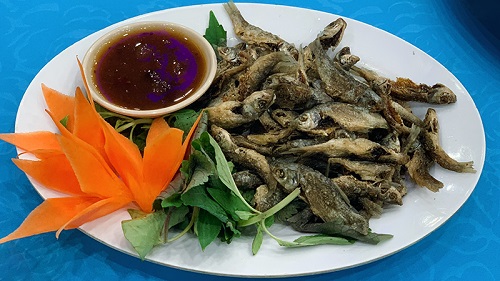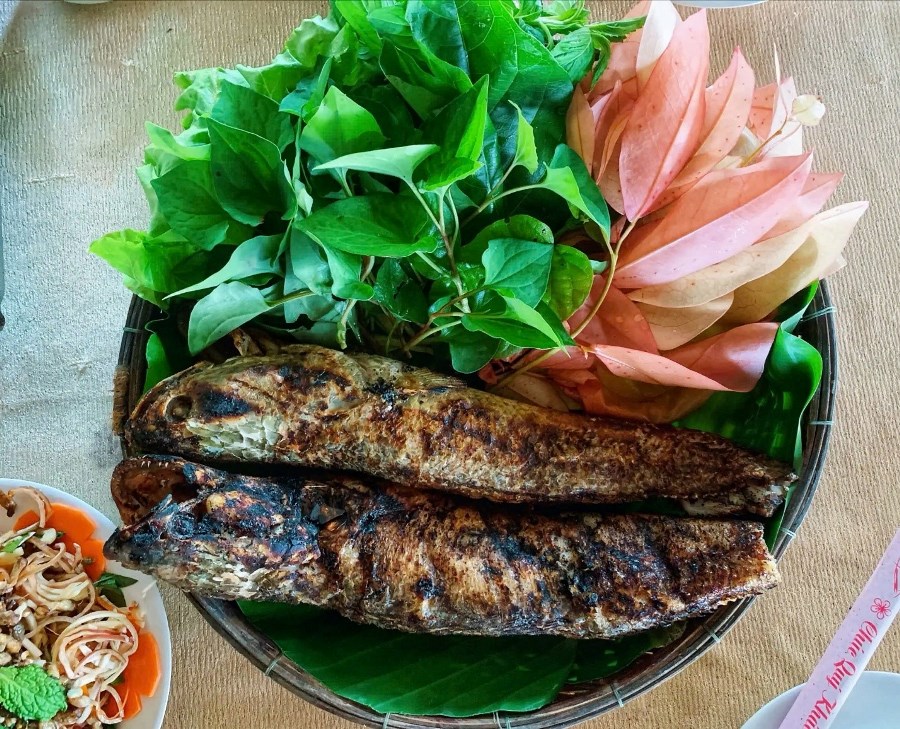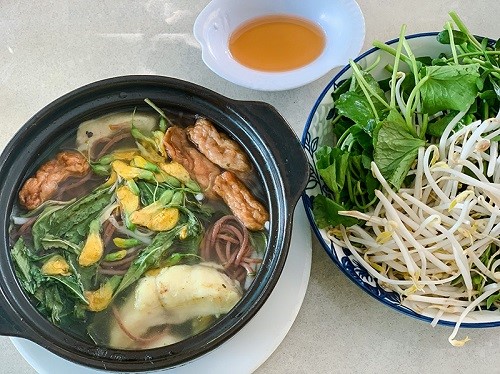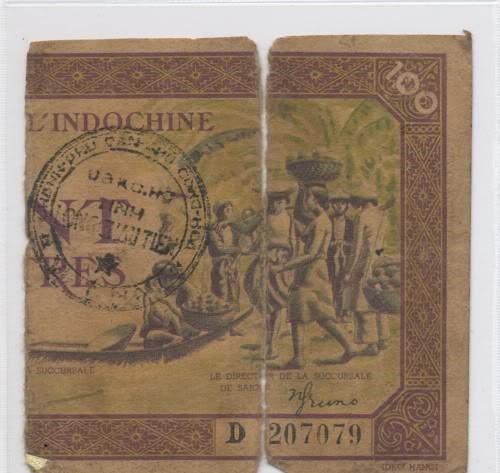
"Chừng nào lúa mọc trên chì
Voi đi trên giấy "thầy tăng" mới về!"
(Only if rice stalked on coin, elephants printed on paper, the colonialists would withdraw!”)
This two-line folk-song was so widespread that a lot of Southerners considered it as prophecy when the French colonialists (thằng Tây) _ a spoonerism of “thầy tăng” (the monk), ended their colonization in Vietnam and brought their troops home.
After France was occupied by the Nazis, the Governor-General of French Indochina demanded to coin 5 cents, 10 cents, 20 cents, and 1 piastre (1 đồng). Each had rice stalks on its one side. On March 9th, 1945, the Japanese had a coup d'état against France. In the autumn of 1945, the Nazis surrendered to their Allies. After the victory of the August Revolution, the Democratic Republic of Vietnam came into being accordingly.
Following the British-American Allies, the French colonists re-invaded Sài Gòn in the South. On September 23rd, 1945, Chairman of the Southern Resistance Committee, Trần Văn Giàu, led the Southern Vietnamese in the resistance against the comeback of the French forces. While waiting for the currency of the Southern Administrative Resistance Committee to be issued, the local revolutionary authorities had an "initiative" to stamp their certification on Indochinese banknotes to use. It was commonly known as stamped banknotes. After big cities such as Saigon were reoccupied by the French, the Southern Administrative Resistance Committee had to relocate to Đồng Tháp Mười swampland. In the revolutionary region, all trade transactions had to be conducted with stamped banknotes.
Not only were banknotes marked with the stamps of the Southern Administrative Resistance Committees of provinces such as Biên Hòa, Long Xuyên, Châu Đốc, Tiền Giang, Sa Đéc, etc., but they were also stamped by provincial Departments of Finance with revolutionary propaganda. Specifically, slogans of "Support Hồ Chí Minh’s Government", "Long live Hồ Chí Minh", " Demolish French colonialists", "Demolish Bảo Đại", "Prepare for a full-scale counter-attack" and so on. This currency had different denominations, in which the smallest is one golden đồng and the largest is five hundred golden đồng. It could be used in multiple localities as long as there was an authorized stamp of the province. Therefore, the stamps on banknotes came in all shapes and sizes such as a round, rectangular seal of the Southern Administrative Resistance Committee, or a triangular one of the Supervisory Board on Economics and Finance. Their positions also varied, sometimes in the middle, on the left, right, top edge, or bottom edge of the banknotes. Besides, some localities spontaneously counterfeited the Indochinese banknotes. For instance, Mrs. Sáu Ngài (Trần Thị Nhượng) in Sa Đéc forged banknotes painted by artist Thanh Nhã and engraved on zinc plates for a volume of copies. In Tân Thuận Tây (Cao Lãnh), Indochinese counterfeits were also made at Tân Long Pagoda and other places.

A one-hundred-đồng banknote torn into two smaller denominations to be marked with the slogan of "Support Hồ Chí Minh’s Government".
From January 31st, 1946, President Hồ Chí Minh signed Decree No.18.SL approving the Ministry of Finance’s Vietnamese banknote issuance. However, the high tension on battles hindered the communication between localities and the central government. On March 21st, 1948, the Decree No.147.SL was signed regarding the issuance of Vietnamese banknotes in the South. A portrait of President Hồ Chí Minh was printed on the notes, so local people named them Uncle Hồ’s banknotes. Along with the stamped money, Uncle Hồ's banknotes were used in independent regions under the management of the revolutionary party.
Nevertheless, the tight control and restriction on Indochinese currency circulation of the French colonialists in the revolutionary area resulted in a shortage of money, particularly in change. People in Đồng Tháp Mười took an initiative to tear up current banknotes of large denominations in half in case they had no change. A note of 5 golden đồng could be torn into two-and-a-half-đồng notes, and a bill of 20 torn into two ten-đồng notes and likewise all other denominations. Since then, the torn currency was born and initially valid for internal transactions managed by the revolutionary party. Later, the French colonialists greenlighted both stamped and torn banknotes in transactions until the signing of the Geneva Agreements had put an end to this currency.
Some common torn banknotes are, for example, a one-piastre note (one golden đồng), which had a sailboat photographed in Gai Islet on the front and a picture of Laotian Buddha on the back; a five-piastre note (five golden đồng), which had 5 patterns with 5 different pairs of colors, blue and black, blue and brown, pink and brown, orange and black, fuchsia and black, and had number 5 placed in the wreath on the front and a shrine of a Vietnamese village on the back of the note. Another two common ones are a twenty-piastre banknote (twenty golden đồng), which depicted the Kỳ Đài (Flag Pole) and the Noon Gate of Huế Citadel on the front side and the statue of the Leper King at Angkor Wat on its back; and a one-hundred piastre (one-hundred golden đồng) presented a village market in Laos on one side and a picture of the Trung Liệt Temple in Sài Gòn Zoo and Botanical Gardens on the other side.

A two-thousand-đồng banknote with "elephants printed on paper” issued by the Institute in 1954.
This special torn currency was of historical value and only found in Southern Vietnam. The circulation of torn money was flexible in different transactions and gradually recognized by the government. This currency became popular across the Southern Region and was used until the end of 1955. Later, when this currency was no longer in use, many folks still kept them as part of their memories.
As mentioned above, the event of "rice stalks on coin” became true as the image was genuinely molded on the coin in 1941. In 1952, the French government established the Cambodia - Laos - Vietnam National Issuing Institute (Institut d'Emission des Etats du Cambodge, du Laos et du Vietnam), in charge of printing banknotes used in three countries. In 1954, the Institute printed two-hundred-đồng banknotes with an image of the elephant on the back. On May 7th, 1954, the French was defeated in Điện Biên Phủ, forced to sign the Geneva Agreements, and retreated to the country. What a coincidence between “the elephants were printed on paper” and the colonialists had to actually withdraw!
--------------
References:
1. Nguyen Anh Huy, A Glimpse of Vietnamese Numismatics, Sai Gon Cultural Publishing House, 2010.
2. Thng Tien Tat, Vietnam Currency Notes: The Untold Stories, Art and Culture Publishing House, 2016.
Source: Can Tho News - Translated by Diep Truong







